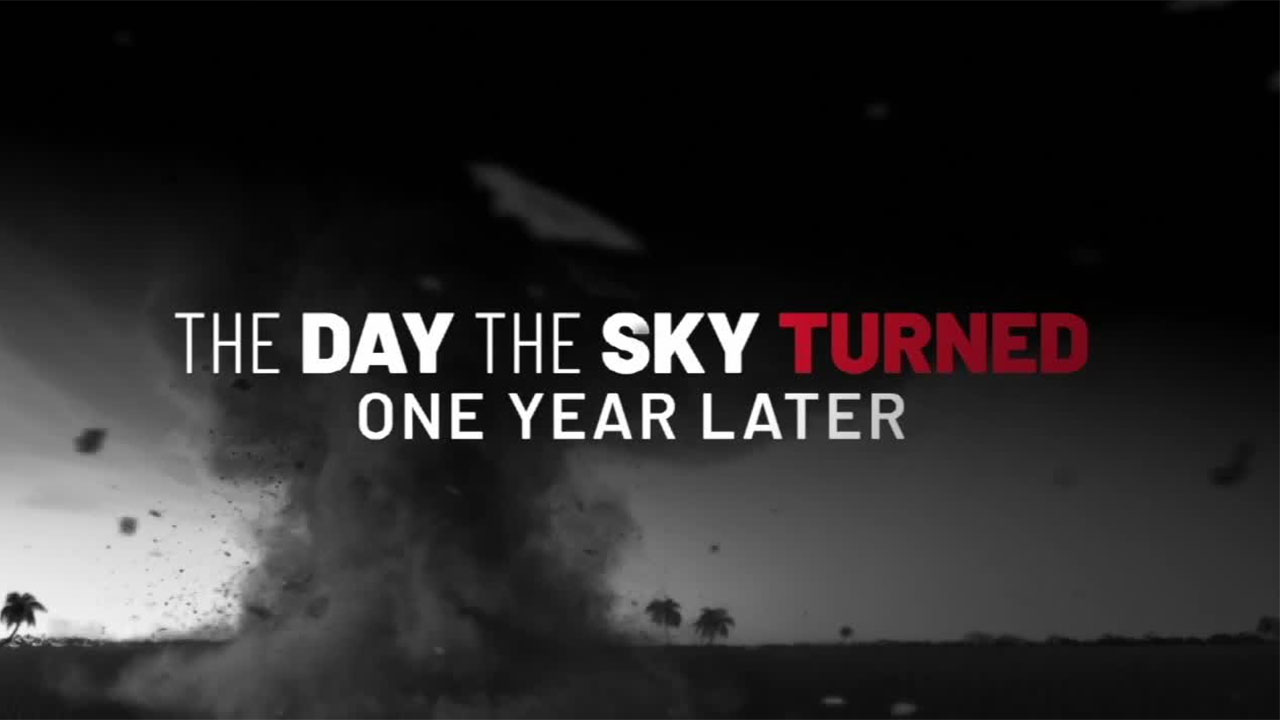WEST PALM BEACH, Fla. — On average, the start of the rainy season for South Florida begins May 15, with portions of the Treasure Coast about a week later. However, we are running a little behind this year.
South Florida's rainy season, also known as the wet season, marks the average time of the year when we receive 60-70% of our annual rainfall.
We receive our wet season rainfall mainly from sea breeze storms caused by unequal heating between the water and land, and tropical systems.
However, similar to hurricane season, where we can get tropical activity before the season officially starts, we can also see an early or late start to the rainy season.
We are experiencing a delayed start to the rainy season this year, but why?
Well, several components need to be lined up to give the rainy season its name.
1. No more cold fronts. We get a semi-permanent area of high pressure that lingers near Bermuda (the Bermuda High). The dry, stable air prevents cold fronts that move across the U.S. from moving this far south into Florida.
2. Daily dewpoints in the 70s and plenty of moisture aloft. Muggy air allows for more water to be squeezed out.
3. Hot temperatures! Daily highs in the 90s and ocean temperatures in the 80s allow for more energy for the sea breeze to use.

Once we have these components in play, we will start to see more afternoon/evening storms. Traditionally, this happens toward the middle to late May.
But there is hope on the horizon. Weather models are showing signs of more widespread rain and thunderstorms at the end of the month.
The Climate Prediction Center is also predicting slightly above average precipitation from June through August.
The average amount of rain we see during our rainy season is 36.3 inches in West Palm Beach and 39.83 inches in Juno Beach.







